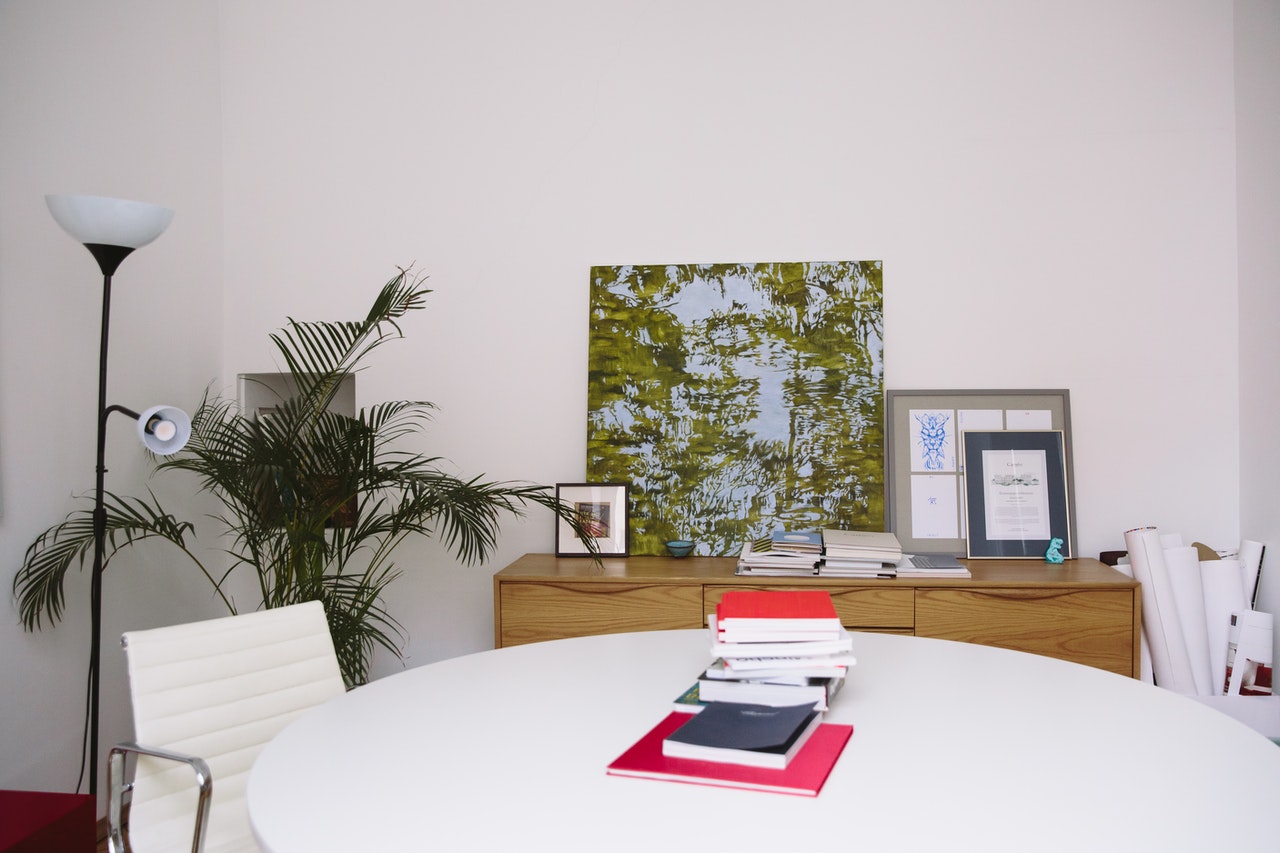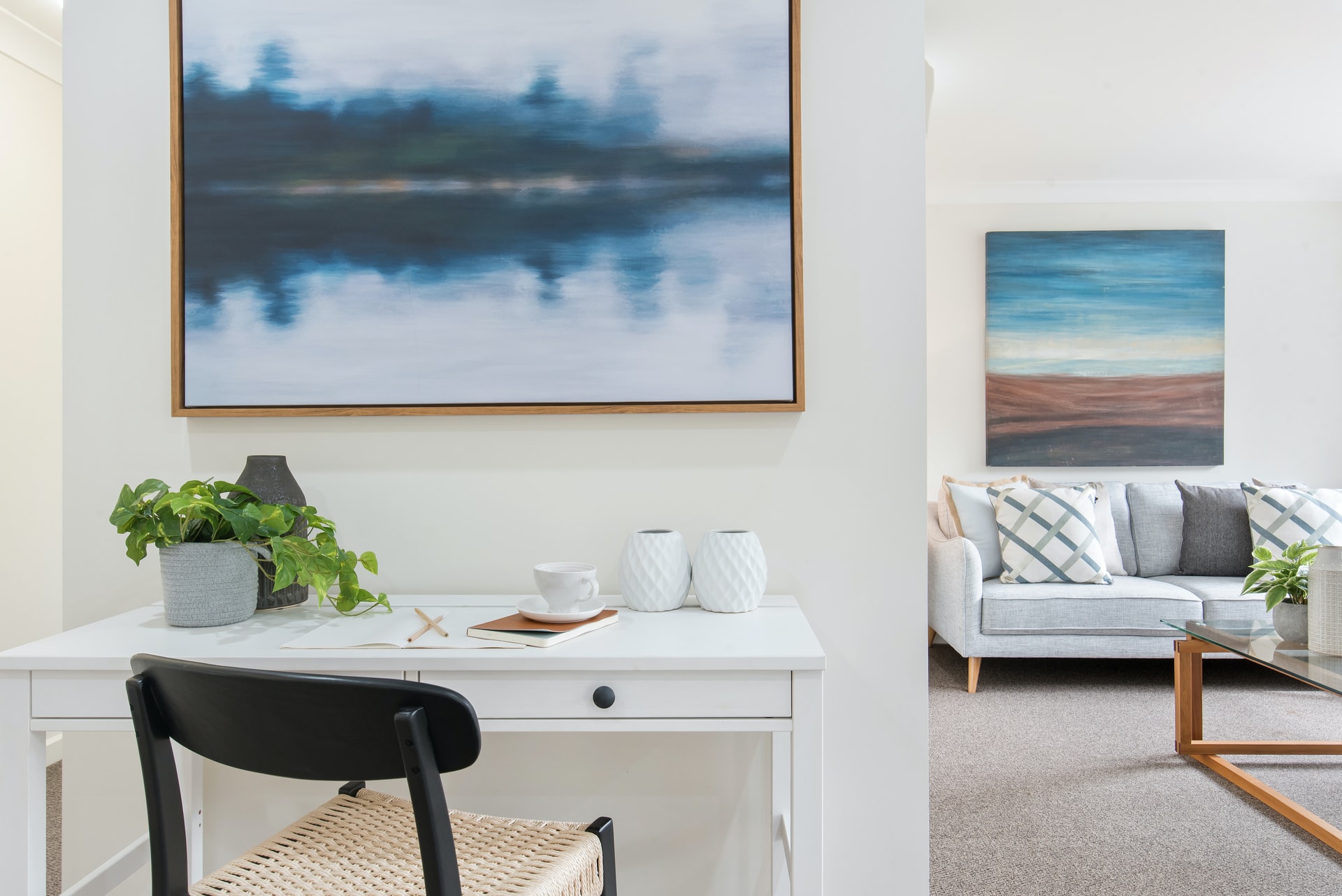Does your child often get distracted when studying? Are you looking for ways to create a distraction free study environment for them?
You’ve come to the right place! We’ll set you up with the advice you need to help your child stay focussed and free from distractions.
Let’s dive in!
The State of Flow
Tip #1: Set Up a Specific Study Area
Tip #2: Implement Some Guidelines for the Use of the Study Zone
What is a flow state?
The state of flow refers to the mental state of operation in which the person performing the activity is fully immersed in a feeling of energised focus.
Each distraction a student acts upon breaks this state of flow — and it takes up to 7 minutes to regain this mental state required for focussed and efficient study.
So, if, in a 60 minute study period, a student gets distracted 3-4 times (which isn’t that unusual), that’s 21-28 minutes of time they have spent not in a state of flow! A 60 minute study period all of a sudden isn’t as efficient as it should or could be!
Consequently, removing distractions from your child’s study environment (and helping them identify these distractions) is very important to improving the effectiveness of their study!
Ali (97.1 ATAR) explained that his parents made a number of changes during Year 11 and 12 which helped him considerably:
“My parents set up a specific study room in the house which had a major positive impact on my study. They separated the TV (and other entertainment) from the study area and established rules for the study room — my younger siblings weren’t allowed to enter from 5pm-12am to minimise distractions.”
So, what are specific things you can do to create a distraction free study environment?
- Set up a specific study area/room/zone
- Implement a set of guidelines/rules relating to this study zone
Let’s break these tips down!
Tip #1: Set up a specific study area/room/zone
Often students tend to study in their bedroom — and while this isn’t necessarily a bad thing, there often are a couple of things that typically occur in such a study environment.
Firstly, bedrooms have lots of distractions — computers, phones, books, a bed and more! The result therefore is that studying in a bedroom (unless your child is very disciplined and motivated) will not be very effective or focussed.
Secondly, our brains associate places and activities. Given bedrooms are for sleeping, your child’s brain likely has developed a strong association between their bedroom and sleeping. Studying in a bedroom therefore isn’t going to necessarily lead to high focus — but potentially a high likelihood for wanting to sleep!
Finally, the opposite can occur as well! Over time, as a student studies in their bedroom, the association their brain has can change, such that their bedroom becomes associated with a place of deep thought and high brain activity, meaning it becomes increasingly difficult for students to get to sleep at night.
Your study area for your child could look like this:
Learn more about maintaining a healthy sleep routine in our article here!
In fact, this is a very common problem that students who typically study in their bedroom report!
So, in a nutshell, creating a specific area, room, or zone in your house that is dedicated to study during certain hours of the day is a great way to overcome these challenges associated with studying in a bedroom.
As Caitlin (93.4 ATAR) commented,
“My whole family understood the importance that I was placing on my HSC and accommodated me accordingly, creating an effective study space in my home, and not disturbing me when I needed peace and quiet.”
Does your child struggle to stay focused at home? We can provide personalised support and a distraction-free study zone at either our Hills or Hornsby campuses for all Art of Smart students! Check out how our K-12 tutors in Kirribilli can help create quality study time!
Why should you create a specific study zone?
Creating a specific study zone allows you and your child to monitor and remove any of the distractions that might exist within it. It also creates a space in which they know is for study only — and this is non-negotiable.
Obviously, depending on your house or apartment, finding or creating a dedicated space might be difficult, and as a result, it may be simply a matter of using a common space, like a dining table which during specific hours of the day is dedicated to study!
Annie’s family focused on limited disturbances as the way to convert a common area into a study zone:
“By eliminating the potential unnecessary disturbances in the household, they created a supportive and peaceful study zone for me to study in during high school and particularly during Year 12.”
Here’s another example of how the study area might look:
Co-creating the Study Environment
It’s important to co-create this study zone with your child, rather than imposing it upon them. Imposing it upon them by creating it and then mandating that they study in it will likely cause friction, and make the study zone you have created for them less conducive to study due to their mindset and attitude.
By co-creating it with them it will give them a sense of ownership in the space which will set a positive attitude and mindset towards the study zone.
How can you co-create the space with your child?
It’s vital that they don’t feel as though you are creating the space to monitor their study. Remember, they need to be responsible to themselves for achieving their goals.
If they feel as though you want to create the space to monitor them (and if this is in fact the reason) then there will be a lot of resistance towards creating the space as your child won’t see the benefit to them!
So, what can you do? Create a dialogue with them!
Discuss with them how they feel the effectiveness of their study is in their current study zone (possibly their bedroom) and use this as an opportunity to talk about what they feel might help to improve the effectiveness of their study.
You may find the following questions (or variations) to be useful:
Tip #2: Implement some guidelines relating to use of the study zone
The second step is to implement guidelines relating to how the study zone should be used, to ensure that it remains distraction free and effective.
These guidelines can relate to your child sitting the HSC, or everybody else!
Roderick (99.65 ATAR) explained his parents set the following guideline:
“My parents, from the beginning, demonstrated how they valued education and created an atmosphere at home which was conducive to academic success. For example, this involved no television on weekdays.”
While Roderick’s parents’ rule of no TV during the week is broader than one that applies to a specific study zone, and is perhaps a little extreme, it illustrates an important ground rule to set.
These are some guidelines you may want to set for your child:
#1: No Technology Rule
A key ground rule that should be set is that any technology not required from study (i.e. mobile phones, iPads, and game consoles) must be completely removed from the study zone to ensure its distraction free.
To facilitate this, create a technology box at the entrance to the study zone so your child can drop anything off there to be held until completion of their study.
#2: Specific Study Times
Effective study is like training for a sport. The same principles apply — in both, after all you are aiming to improve your skill set. In sport, you have specific non-negotiable training times, with specific predetermined breaks designed to help you recover, and resume training again.
Study is exactly the same.
Set specific non-negotiable times where the study zone will be used for study. Set a clear beginning and end time. Also set predetermined breaks — beginning and end times, to ensure they don’t morph into procrastination!
#3: Quiet Zone
A rule for the rest of the family is that the designated study zone needs to be a quiet zone and potentially even a no-go zone during designated hours!
There you have it!
Remember to keep the rules simple — and don’t have too many. The purpose is to keep the study environment as distraction free as possible.
The key however is to co-create this space with your child, rather than merely imposing it upon them!
Are you looking for some extra help for your child during the HSC?
We have an incredible team of HSC tutors and mentors!
We can help your child master their HSC subjects and ace their upcoming HSC assessments with personalised lessons conducted one-on-one in your home or at our state of the art campus in Hornsby or the Hills!
We’ve supported over 8,000 students over the last 11 years, and on average our students score mark improvements of over 20%!
To find out more and get started with an inspirational HSC tutor and mentor, get in touch today or give us a ring on 1300 267 888!








